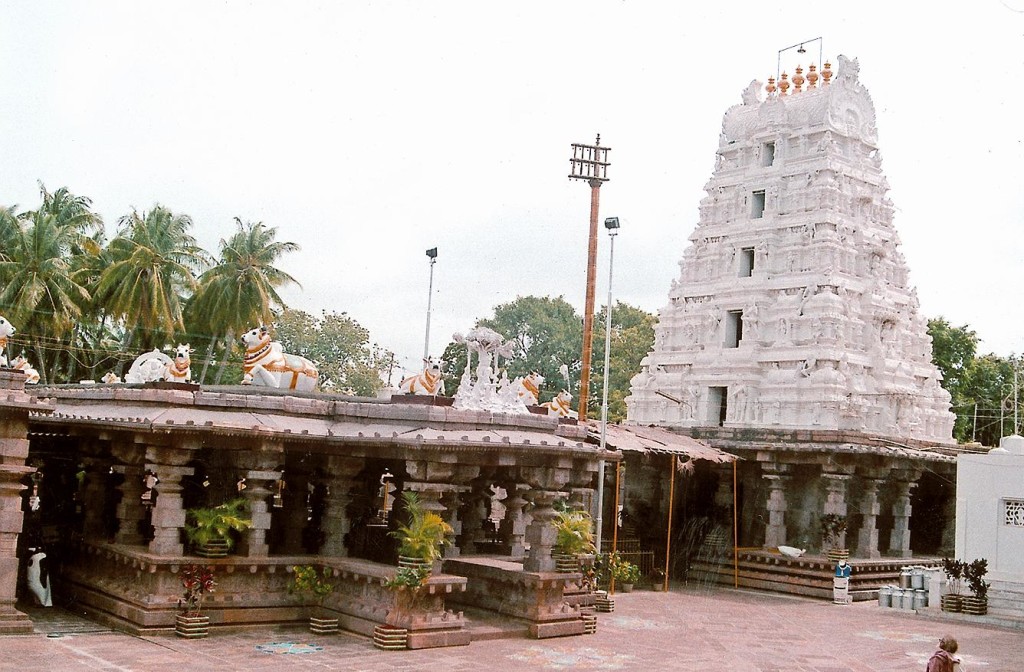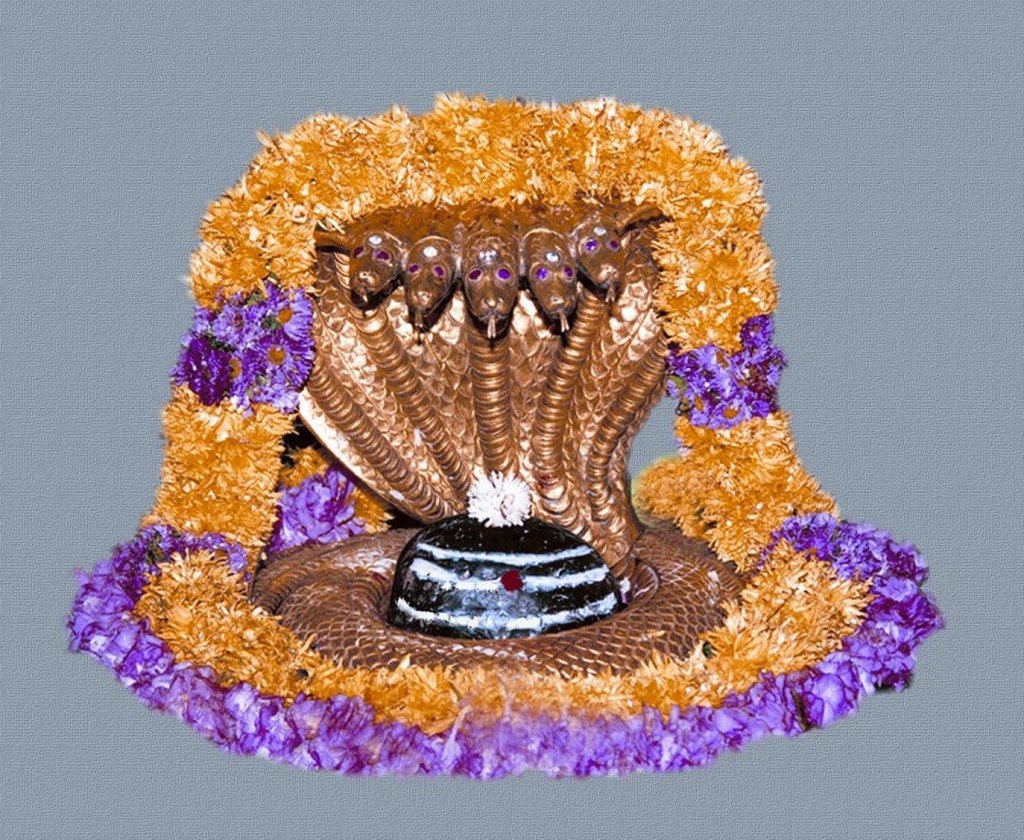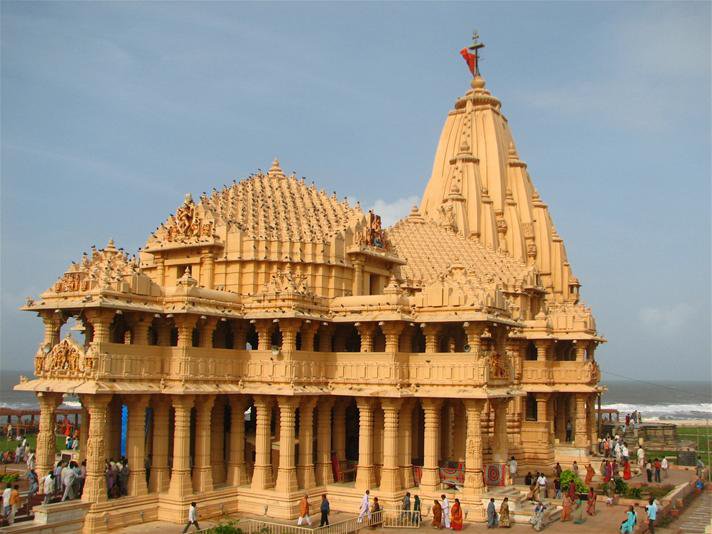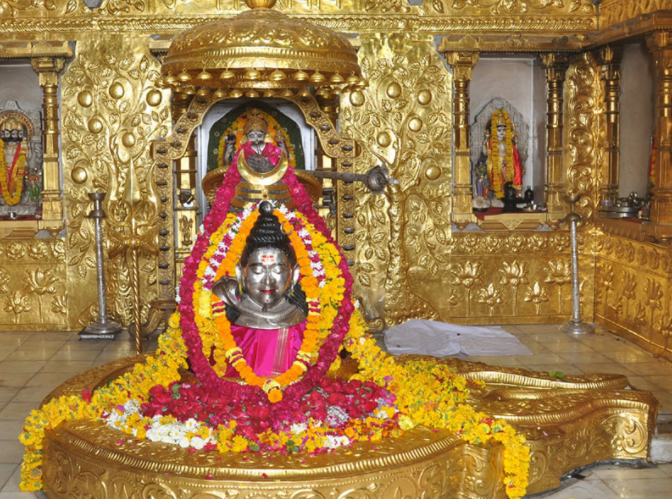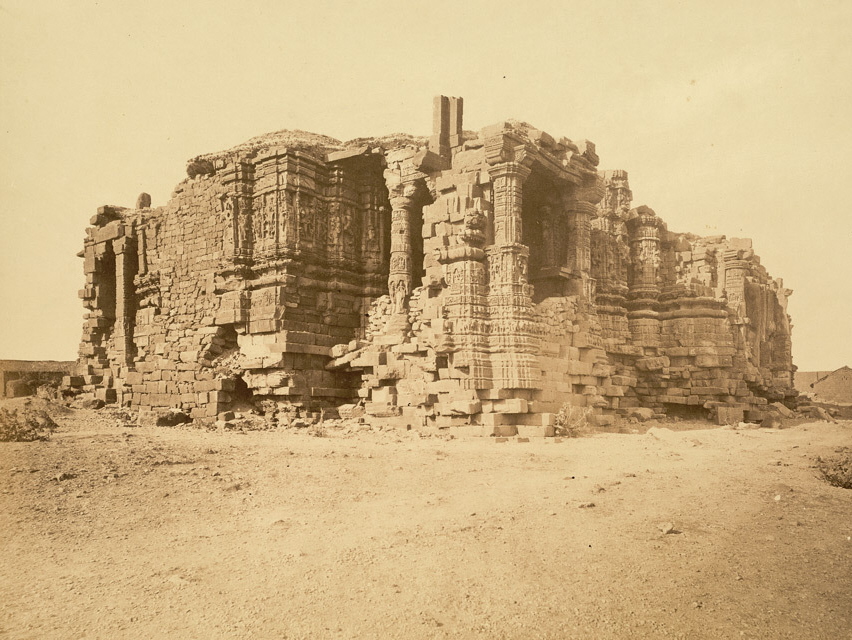Photo courtesy: googleimages
Located in the hills of Srisailam, Andhra Pradesh, the Mallikarjuna Jyotirlingam was built around 1234 AD by the Hoyasala King Vira Narsimha. Built in typical Dravidian style architecture, intricately carved scenes from Ramayana and Mahabharata adorn the walls of the temple. Such was the sculptural genius of the Hoysala artisans.
According to the Shiv Puran, once it so happened, that Lord Shiva and Goddess Parvati were finding it hard to decide which one of their sons should get married first. Ganesha wanted to marry first, and Kartikeya claimed preference for being the elder one. Consequently, the divine couple decided to test their sons. Both Kartikeya and Ganesha were asked to go around the entire world. The one who would make the earliest return would obtain eligibility of marrying first.
Photo courtesy: googleimages
Kartikeya immediately set flight on his peacock, while Ganesha stared at his little mouse wondering the obvious!
However at the end of the day, Ganesha won the hearts of his parents by choosing to take a round around them, saying they were his world. Immensely pleased, Shiva and Parvati arranged his marriage with Viswaroopan’s daughters Riddhi and Siddhi.
When Kartikeya returned from his trip and learnt what had happened, he was extremely embarrassed. Deciding he would never marry again, he went to the Kravunja mountain and started living there in isolation. On learning of their elder son’s sorrow, Shiva and Parvati went to visit him; Shiva on a no moon day and Parvati on a full moon one. Thus became the location where the temple is situated today.
The divine Mallikarjuna (God Shiva) and mother Bhramarambha (Goddess Parvati) reside over this temple; this perhaps being the only place in India which consists of a Jyotirlingam and Shakti Peetha in the same campus.
Photo courtesy: googleimages
Temple tips:
- The temple opens at 4:30 am every morning, and closes at 10:00 pm at night.
- Car parking is very near to the temple.
- The free darshanam queue is usually a long one, and may take about 2-3 hours whereas the “sheeghra darshanam” charges are Rs 150/- and takes about 30-45 minutes.
- There are counters for keeping luggage and a separate counter to keep mobile phones. Shoes are kept free of any charge.
- No photography is allowed inside.
- This Jyotirlingam is one of the only few where one can actually touch the Shivalingam. Touching the idol is however prohibited on Saturdays, Sundays and Mondays.
- The closest airport is located at Hyderabad at a distance of about 232 kms from Srisailam. The taxi fare from Hyderabad to Srisailam is approximately Rs. 2500.
- Nearest railway station to Srisailam is the Markapur Road, in the Guntur-Hubli metre gauge rail route. The major broad-gauge railway station nearby is at Hyderabad at a distance of 232 kms. Taxi cars and call taxis are available at the railway station.
- Srisailam is well connected by Devasthanam buses and State owned APSRTC buses.
- There are ample lodging and dining facilities around, affordable and clean.
- An additional benefit that the temple provides is their own bus service called the “Somnath Tirth Darshan”, at very reasonable rates, that enables the visitors to see the major temples around along with some local sightseeing.
- There is severe rush during weekends and holidays. So hotel bookings need to be done minimum two months in advance.
- Dress code for the temple is traditional wear. Women need to be in a salwar kameez or sari. Draping a dupatta is deemed mandatory.
- Carry sufficient cash because cards are not accepted in most places over there.

